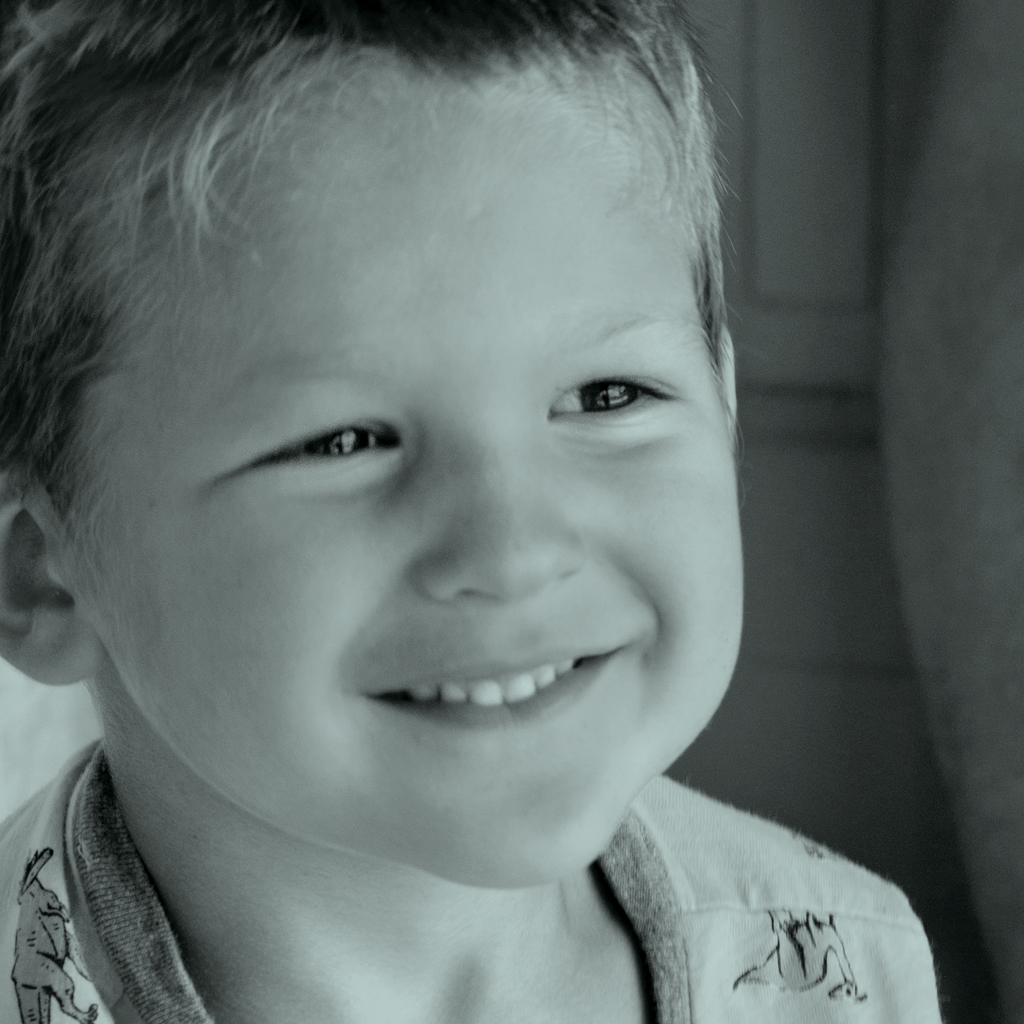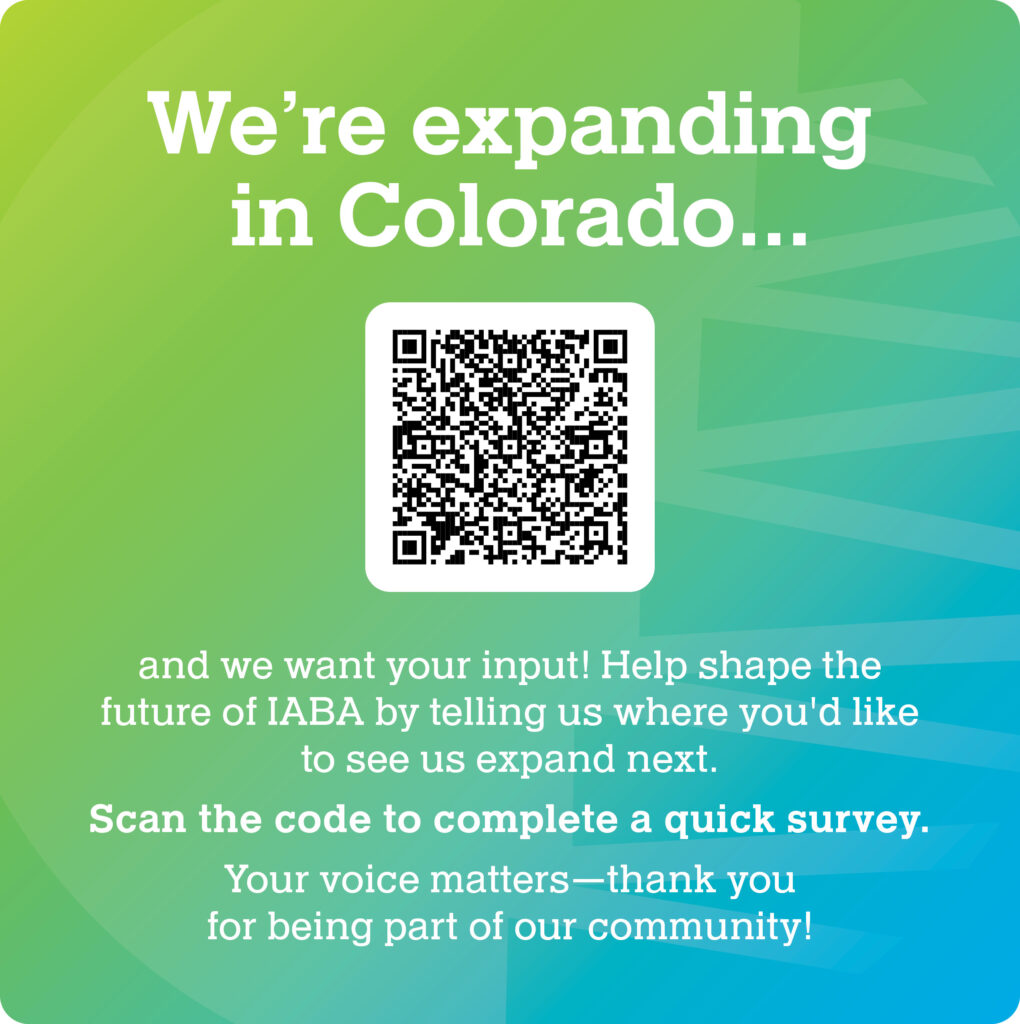With Christmas just around the corner for those of us who celebrate (my anxiety reminds me daily), I bet you are thinking I am writing a darling tribute to their innocence. I would love to, there is so much about children that is breathtakingly beautiful. I’ve dedicated my life to researching and working with them. I can share a feel-good blog for you one day on the delight of early childhood. I’ll dig up some great quotes like, “I wish I could love anything as much as she loves bubbles,” from the movie Knocked Up. We’ll both feel very warm on the inside because writing about the positive qualities of childhood warms our souls like hot chocolate after playing in the cold snow (see, I can write it.)
However, today I want to talk about their inner emotional world, neurological development, and the frustrations that lead to big emotions. In writing, Honoring Your Peace, I wrote to you about how Dr. Becky’s book, “Good Inside,” led me to some radical shifts in my own parenting methods that I hope will guide you to find alignment in your own parenting. I did not however write to you in depth about the child’s perspective when big emotions come. I’d like the chance to share what I know both as a clinician, a mama, and a member of a brave mom tribe.
Consider Where They Are Coming From
Now that I’ve laid the foundation I will not be writing a blog about the parallels of the magic at Christmas and children and will be writing about big emotions we can begin. For today’s sake let’s start at the scene of the crime (or one of the crimes). You have a toddler, she has woken up from her sleepy slumber, opened her darling eyes, and declared she is not putting on clothing for school. As the bleary morning drags on alongside your coffee IV, she also declares she wanted oatmeal not pancakes, she only wears black mittens, and the granola bar you’ve offered so she has something in her belly on the ride to school is the wrong one. As she declares everything that is wrong she has also hit, charged you, screamed, and cried as if each “that is not a choice right now, let’s make a plan for oatmeal tomorrow,” was a declaration against her very soul. Tear-streaked (her, you… does it matter at this point?) you drive to school thinking, “goddamn that was hard” and she’s soothing herself from the injustice of the morning.
What just happened?
Well, on a very micro level a lot of different things could have happened. There could be a past pattern of you giving in to demands and now you’re setting limits so she’s rebelling against them. She could have an upset tummy. She could not have slept well last night. She could be working through a transition between co-parenting homes. All of the environmental scenarios could be very true and applied behavior analysis can tell us what is leading up to the outbursts of your darling toddler. However, regardless of what is happening environmentally the internal (covert) experience of your toddler is much broader (think macro) and common amongst the toddler tribe. She (he, they) are having big emotions that they cannot regulate and do not have words to explain their emotional world.
It Is Really A Matter of Neuroscience
You see toddlers (2-3 ½) function predominantly from their limbic system which is the part of our brain that says “fight, flight, freeze.” The part of our brain that allows us to reason is the prefrontal cortex and that doesn’t begin to develop until around age 4 and doesn’t finish developing until our early 20s (women finish their development before men, yes I just answered every question you had about your college boyfriend).
Around age 3 children also start to understand the concept of self versus others. Is this me? Do I like this? The combination of the development of self and the primary response of the limbic system creates the perfect storm inside of our toddlers. They want to assert themselves, define themselves, and know themselves. They also do not have the language yet to say what their big emotions are causing them to feel and without being taught do not have the emotional regulation to calm themselves down. This combination, as is true with most toddlers, creates a very loud couple of years for both parents and their children.
I used to be guilty as charged alongside many mamas of just wanting the tears to stop. An actual registered torture technique is to lock a mother away from her baby and play the baby’s cry. No, I do not want to know how they researched this. But anyways, when our children cry our genetics tell us, “no, awful, fix it” and we as mamas want to swoop in and fix it. Yet the swooping, beyond infancy, starts to tell our children that they cannot navigate their big emotions, and neither can we. It tells them their big emotions are wrong and have to be corrected. If there is one thing you take away from this blog, take this: big emotions live in all of us and there is nothing wrong with them. We are a feeling species, who developed language and then behaved.
Helping Toddlers and Up Navigate Emotion
So what do we do with our big feeling language-lost little humans? Starting in toddlerhood we can teach them to stay in their big emotion, ride it until it calms, keep them safe for that ride, and give them words for the experience and tools for the emotion they just felt. That their feelings are messages that something isn’t right for them and that is okay. They don’t have to agree with everything a grownup or parent says, even when a boundary is held. I spend a lot of time reframing Henry and Declan’s language of “worst day ever, I don’t like you mom!” to “Mom, I don’t agree with you.” Then I validate it’s okay to not agree with me and it’s also true that in sub-30 weather coats, hats, and mittens are a rule that has to be followed to go outside. Yes, I know, ninjas do not wear shirts little men.
Validating our children’s experiences and opinions teaches them their emotions aren’t scary. That their emotions are signals to their inner world that they need help navigating. Sometimes the world does not agree with our opinion, coats have to be worn, but it’s okay to have feelings about what we disagree with. This path is not an easy one, but it is a brave one for parents and children alike. Turning in to face our emotions instead of shaming their existence teaches children (and us) how to navigate our inner world to create an outer world that makes sense to us.
Next time your little one is having a big feeling first keep their body safe, stay the course of your boundary, and give them the words (and tools) for their experience.
Xoxo,
Jessie


